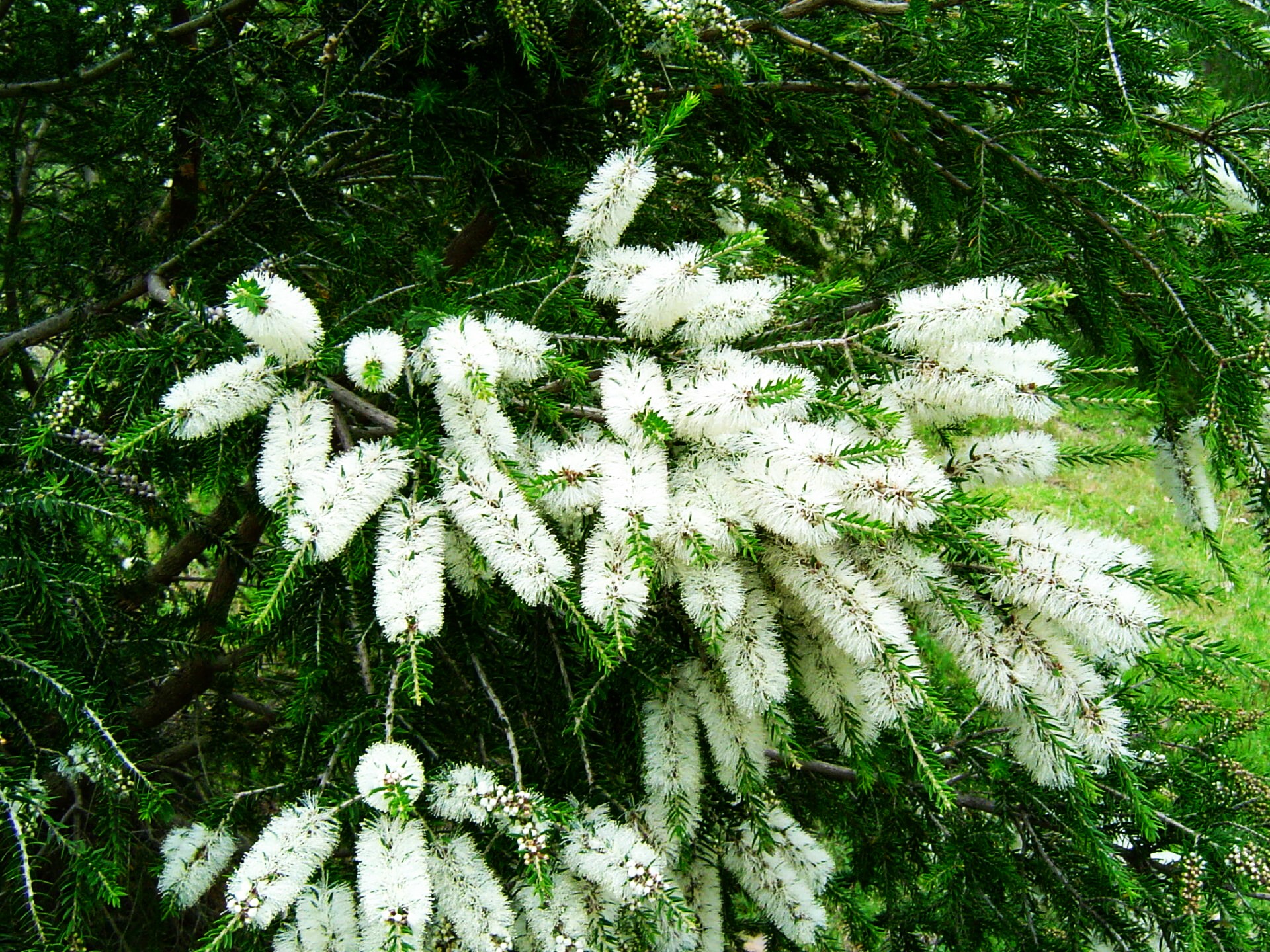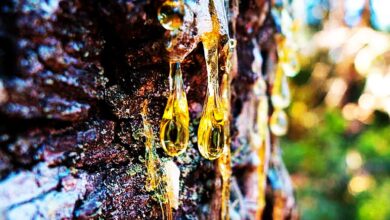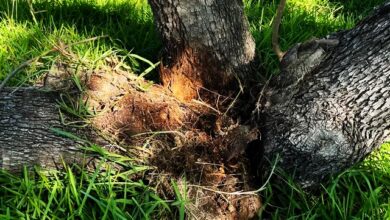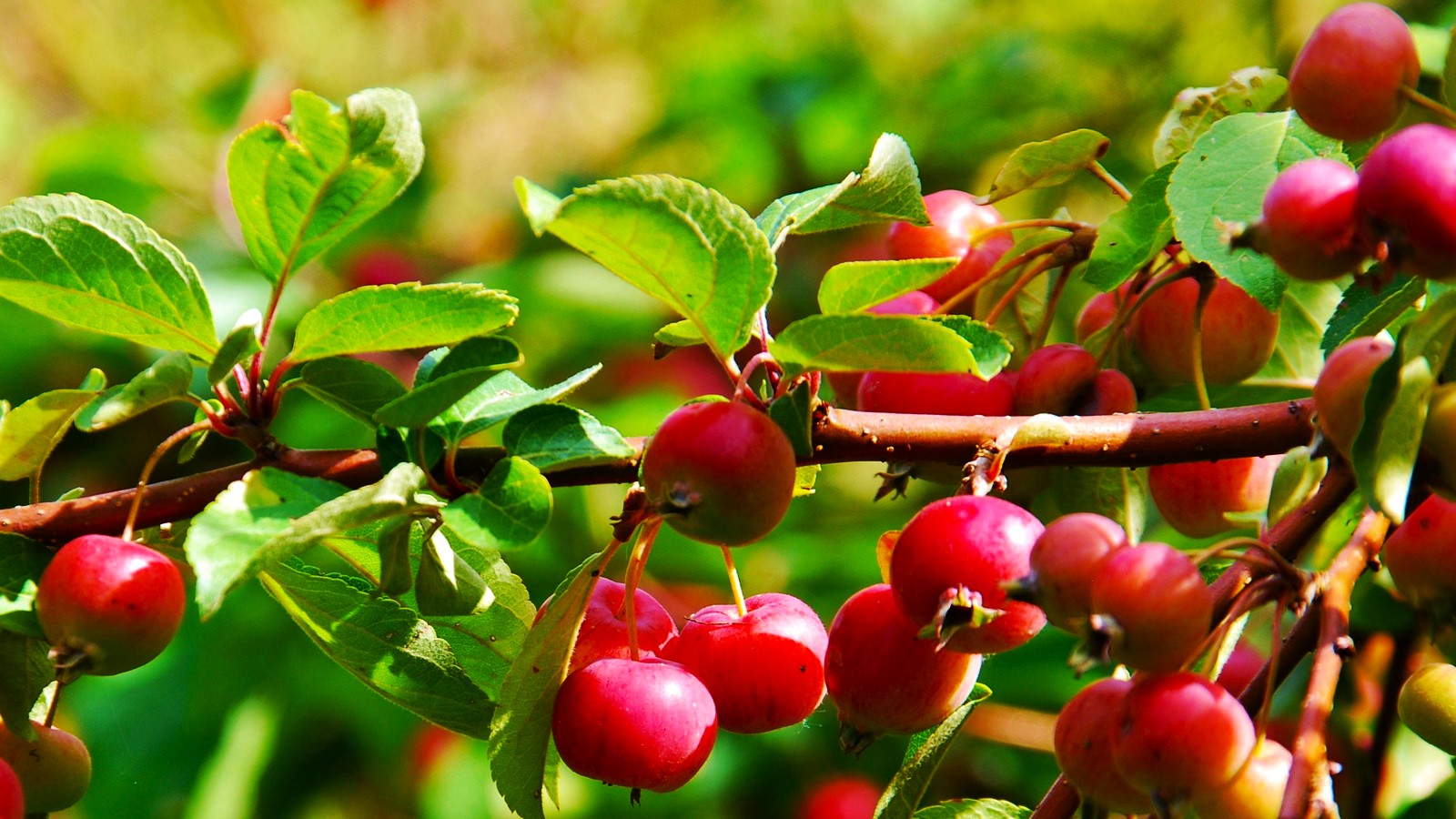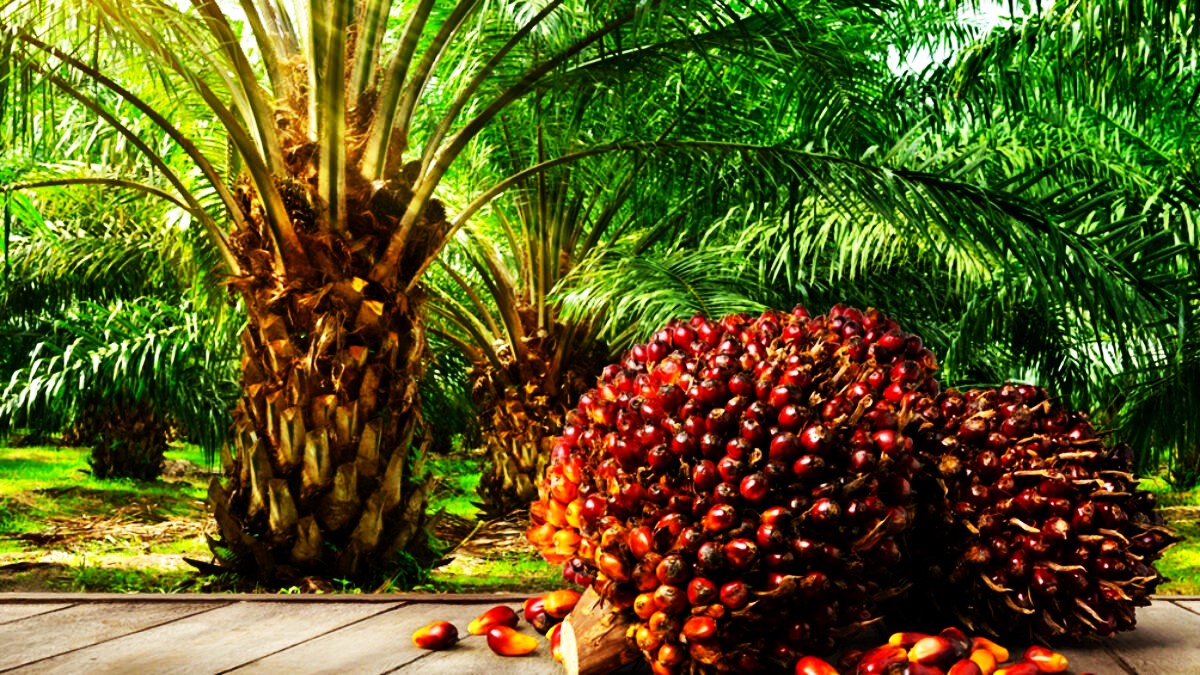What is Smoke Tree Verticillium Wilt: How to Manage Smoke Trees with Verticillium Wilt
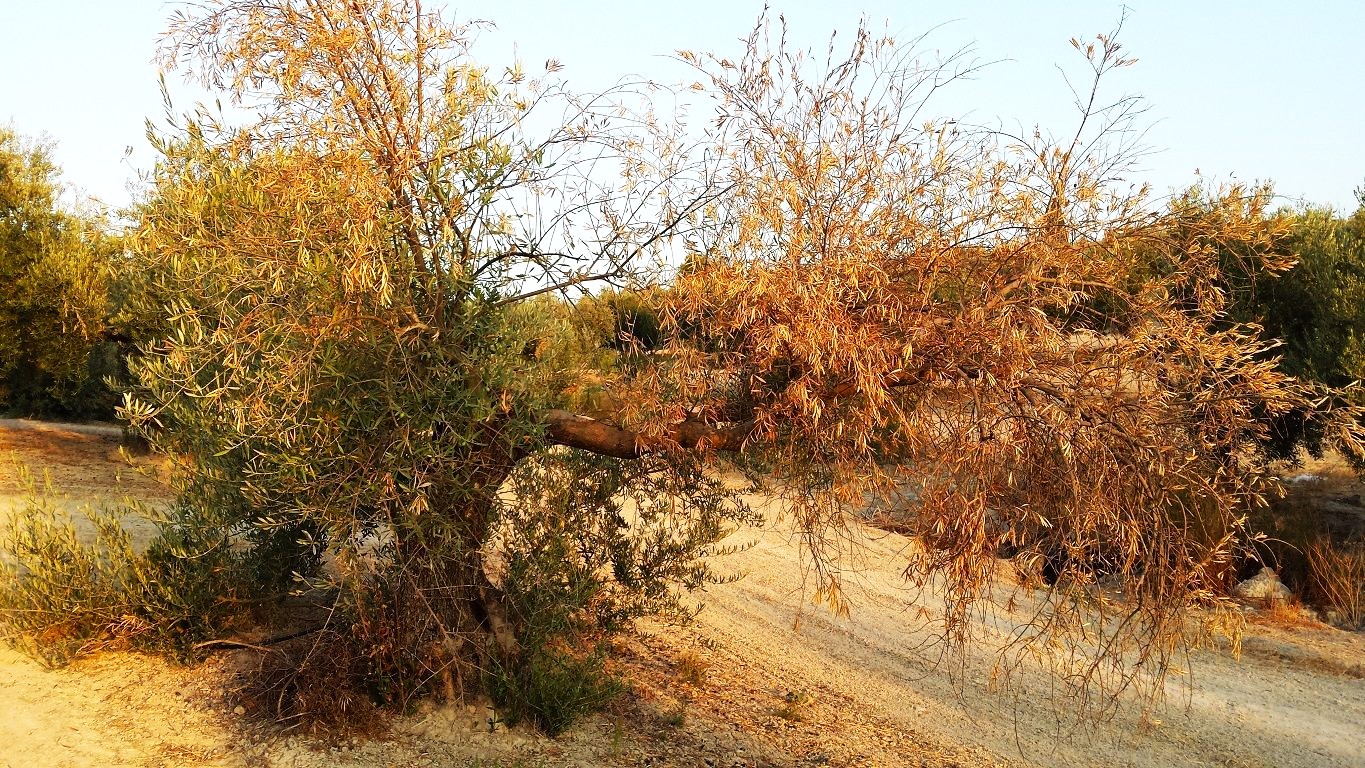
Throughout the growing season, the foliage of a backyard smoke tree (Cotinus coggygria) is ornamental. The oval leaves of the small tree turn bright yellow, orange, and red in the fall after being deep purple, gold, or green in the summer. Verticillium wilt is a serious fungal disease that could be causing your smoke tree to wilt. Precautions should be taken as soon as possible because this can kill a smoke tree. Continue reading to learn how to prevent smoke tree verticillium wilt.
Wilting of Smoke Trees
Smoke trees have exquisite foliage that is visually stunning from the first spring buds to the magnificent fall show. The pale pink, frothy flower clusters on the plant are what give it its common name. The light and fuzzy clusters of fluffy buff-pink hair have a slight smoke-like appearance. Once established, the drought-resistant tree requires little maintenance and brightens up the backyard.
Wilting smoke trees are not indicative of health. To make sure you don’t have smoke trees with verticillium wilt, you should inspect it right away.
Verticillium wilt in smoke trees is not unique to these plants. It is brought on by the Verticillium dahlia fungus, which also affects many other annual and perennial plant species in addition to trees. The soil can harbor the fungus that causes smoke trees to wilt due to verticillium.
After entering plant tissues, it releases microsclerotia that enter the xylem system of the plant and pierce the roots, limiting the amount of water that reaches the leaves. Microsclerotia return to the soil when plant parts decay and die. They can wait to attack another weak plant for years while they live there.
Verticillium Wilt Symptoms in Smoke Trees
How can you identify this fungal disease in a smoke tree that is wilting in your garden? Keep an eye out for smoke tree verticillium wilt symptoms and indicators.
Verticillium wilt in smoke trees first manifests as lightening, scorched-looking, or wilting foliage. This discoloration could be restricted to the vicinity of the leaf margins, or it could affect just one side of the leaf. Branches on one side of the tree might appear to abruptly wither away.
Cankers, or extended dead patches of bark on the trunks or branches of smoke trees with verticillium wilt, may appear as the disease worsens. Although the growth of infected smoke trees may appear stunted, it is possible that they will die in a matter of months.
How to Stop Verticillium Wilt in Smoke Trees
Although there isn’t a cure for smoke tree verticillium wilt, you can prevent it from spreading and killing your smoke tree with a variety of cultural techniques.
Prior to inviting young trees and other plants into your garden, you should make sure they are not carrying this disease. Prior to planting anything, you should test the soil for microscleritia if verticillium wilt is an issue in your region.
In certain cases, the pathogen’s populations can be decreased by using a method known as soil solarization. Experts advise burying the edges of clear plastic paper on top of well-cultivated, smooth soil. Heat is retained in this way. During the sweltering summer, leave it in place for at least four weeks.
Additionally, you should only plant specimens that have been verified to be pathogen-free nursery stock. Replace any dead or diseased plants with non-sensitive ones, and always sanitize pruning shears after each use.

